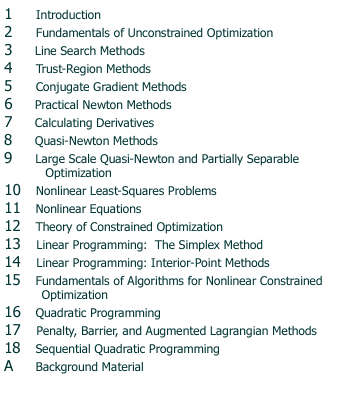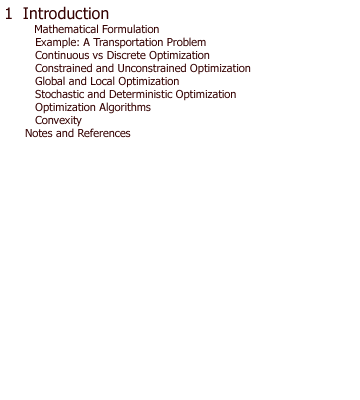


|
 |

|
Note: You can modify the matlab programs. You can see what the matlab routines are doing by looking at the matlab m-files. To do this change directory using: cd /software; cd matlab; cd distribution; cd toolbox; cd optim. In particular, there is an m-file called bandemo.m.
author = "B.H. POURCIAU",
title = "Modern multiplier methods",
journal = "American Mathematical Monthly",
year = "1980",
volume = "87",
number = "6",
pages = "433-451"}
This paper is available on campus using JSTOR, e.g. try the link
http://www.jstor.org/cgi-bin/jstor/listjournal/00029890/di991653?config=jstor&frame=frame&userID=8161a648@uwaterloo.ca/01cc99331a0050473801&dpi=3
|
The assignment is OPTIONAL. But, we will go over it in class on
Thursday. Similar questions may appear on the final exam. |